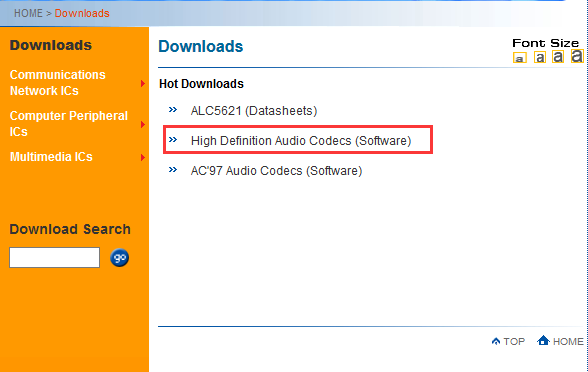
These also code and decode and digital data stream, but this is compressed audio, and coding and decoding happens purely in the CPU, by software.
#FIND OUT AUDIODEVICE VALUE SOFTWARE#
So if they have a different soundcard (like your Realtek one) which doesn't use external codec chips, then no actual "codec" will appear in the system information.Īnd this seems to be the case with your laptop, I'd guess the in-built sound connectors all go to the Realtek soundcard.įinally, don't confuse Intel HDA codec chips with software codecs (the list in your first image) like MP3, MPEG, etc.
Now, even if it's integrated into the chipset, your motherboard doesn't have to use the Intel SDA soundcard. I tried this code: Class'Engine.Engine'.Default.AudioDevice ClassYou can also have multiple codec chips (e.g., an analog and an HDMI codec) connected to a single HDA soundcard. Most modern chipsets have an Intel HDA "soundcard" integrated into the chipset (after all, the point of having an external codec is that you just need a few extra pins to connect it to the standard chipset).


When you see a list of audio output devices, click. When the Quick Settings menu opens, click the sideways arrow (caret) beside the volume slider. To do so, open the Quick Settings menu by clicking the hidden button around the speaker icon in the lower-right corner of the taskbar. It's called a codec because it codes and decodes the digital data stream coming from the soundcard, and converts it to and from audio signals. You can also quickly switch speakers from the Windows 11 taskbar.
You can get a list off available Audio Devices on the Audio Card by opening a terminal window and running amixer scontrols -D
Something like "ALC 892/897" is a special audio chip connected to an Intel HDA compatible soundcard. To add a custom Audio Device (mixer), edit the 'AudioDevice' setting and replace the value with the name of your Audio Device.


 0 kommentar(er)
0 kommentar(er)
